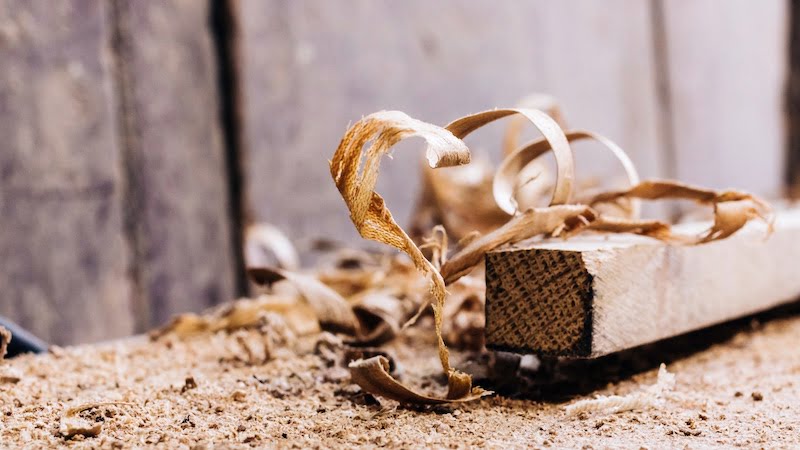
The New Zealand company CarbonScape offers a biographite made from wood for the batteries of electric cars. The material absorbs more CO2 than it emits.
The number of electric cars is increasing as part of the mobility transition. When it comes to the energy transition, intelligent power grids also play an important role in efficiently storing excess energy during the day and making it available at night. Lithium-ion batteries are likely to remain a key technology in these areas. But these also pose some challenges.
The batteries require different raw materials that are often rare on the global market or do not have a sustainable footprint. One of these substances is graphite, which makes up around 30 percent of the total weight of an electric car battery. Most manufacturers currently use graphite from synthetic (petroleum) or natural sources (mines). The New Zealand company CarbonScape is now bringing an alternative into play.
Biographite made from wood: A sustainable alternative for electric cars?
The manufacturer describes the product as the world’s first sustainable biographite. Because the raw material is wood. CarbonScape uses waste from the forestry industry to produce the graphite alternative. Because trees absorb carbon from the environment as they grow, CarbonScape’s biographite has a positive impact on the climate.
According to the company, the use can help reduce the ecological footprint of an electric car battery by around 30 percent. By 2030, manufacturers could save approximately 86 million tons of CO2 per year. Other companies also believe CarbonScape’s technology has potential.
New financial resources are intended to scale the method in the medium term
For example, the Swedish-Finnish company Stora Enso and the battery manufacturer Amperex Technology recently invested around 16.9 million euros in CarbonScape. The company plans to further expand its operations and build factories in the United States and Europe.
Innovative ideas continue to be necessary to achieve global climate goals. CarbonScape shows how established processes can be optimized using new materials and could thus give electromobility a further boost. Despite sustainable drives, the ecological balance of electric vehicles is still far from optimal.
Also interesting:
Source: https://www.basicthinking.de/blog/2023/09/27/holzgrafit-elektroautos/


